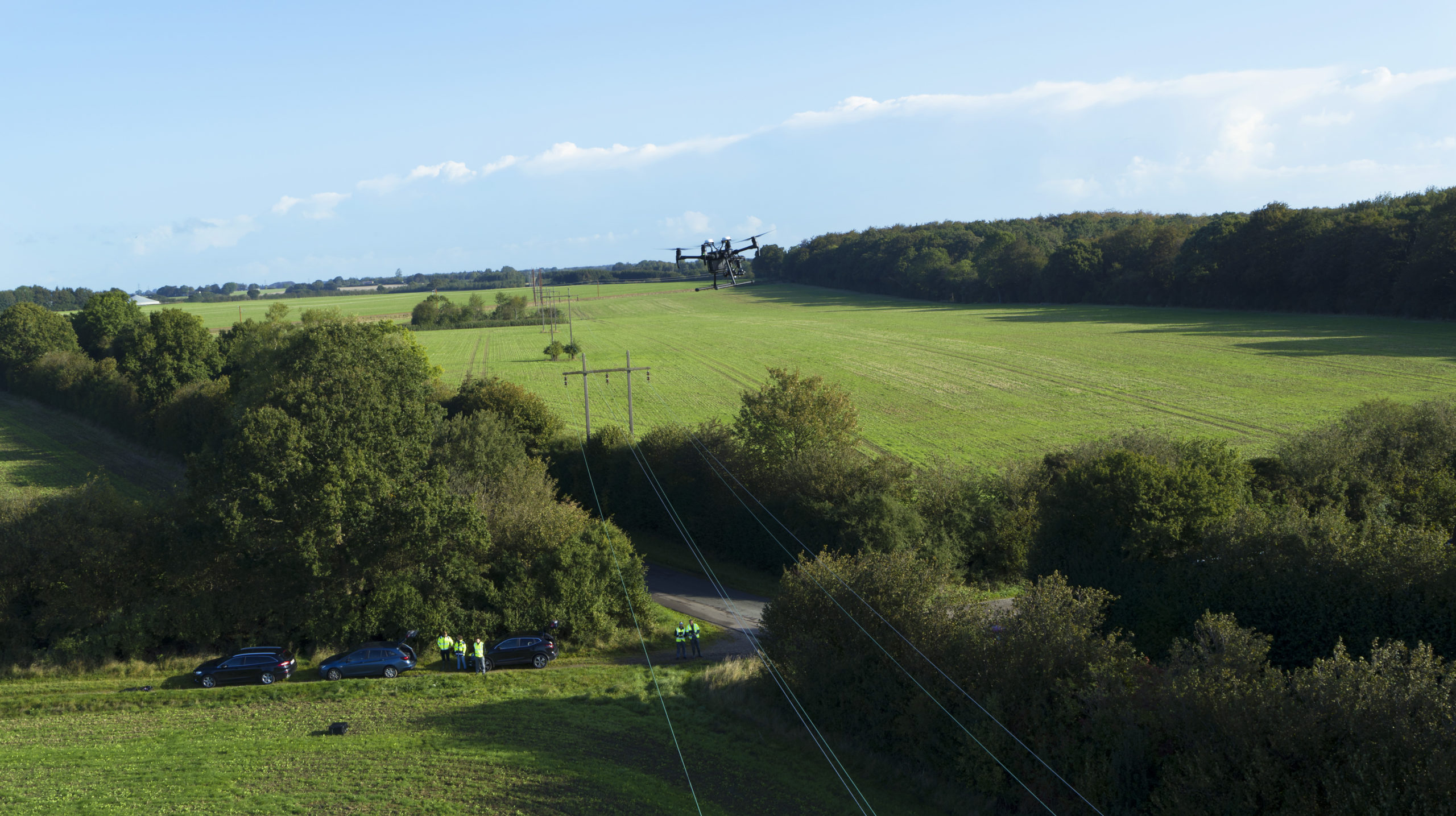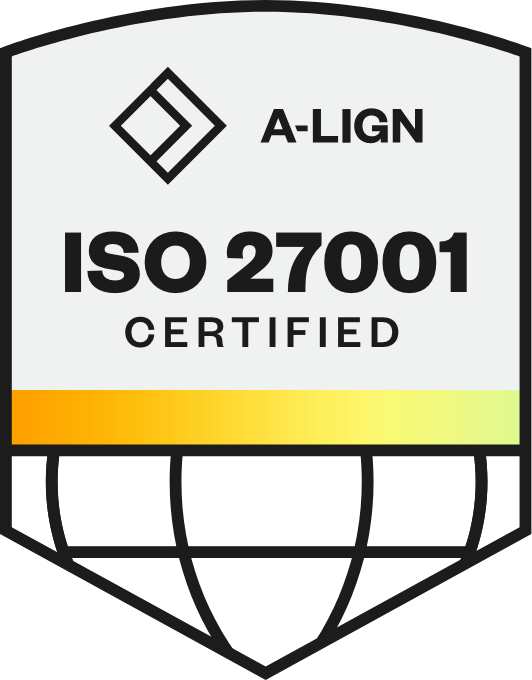
The global electric utility industry is over 100 years old. It’s an industry grounded in tradition and has served its customers’ energy needs for decades. Those needs however have changed over time as utilities grapple with aging infrastructure, which has forced electric utilities to look for new ways of operating and maintaining their assets.
Digital disruption is happening across many industries, and the Electric Utility space is no exception. Renewables, smart grids, changing load patterns and cybersecurity are just some of the changes the power companies are embracing. But these changes mean a lot of data is now being ingested as part of normal grid operations. Consequently, the amount of data that the utilities have to manage, interpret and act on has grown exponentially over the years. It’s overwhelming, and the workflows, tools and computational solutions necessary for leveraging that data hasn’t kept up with the pace of change.
Scaling the traditional solutions and ways of doing things to meet this growing demand would translate into higher costs for customers. But wanting to yield richer data on assets shouldn’t have to mean greater costs. Instead, power companies should look to enable electric asset management and operations to be more proactive in leveraging a data-rich infrastructure to inform maintenance and operations – specifically, an infrastructure that combines automated aerial inspections of utility assets (transmission and distribution lines, vegetation in proximity to those lines, etc.) with automated workflows that process, operationalize and present inspection data in a more precise and actionable manner.
It’s this path of automating both inspections and workflows that gives power companies more efficient ways of managing T&D lines, distributing power, satisfying customers, reducing costs and optimizing processes.
Alleviating data complexity with automated workflows
Asset and vegetation management are perfect examples of these pain points for electric utilities. If pooled together, combined data about T&D infrastructure and nearby vegetation makes it much easier to diagnose the current state of assets, forecast the need for maintenance or future upgrades and mitigate risks posed by surrounding vegetation, among other things.
That’s a powerful combination… if they are actually used in conjunction like that. But what we typically see today is that asset and vegetation management are treated as separate entities. There’s no real workflow model that leverages their data sets together.
Electric utility companies are undercutting themselves by not creating workflows that share this data across all sides of the organization for more effective field operations. It would be logistically easier and cost-effective to set priorities for particular actions in certain sectors by drawing on a common pool of data. As is, electric utilities are going through it on a sector-by-sector basis, wasting unnecessary amounts of time, money and labor that better data management could streamline for them.
With that data analysis component, electric utilities could precisely pinpoint, for example, which vegetation growth poses the most trouble, how to prioritize these trouble spots for clearing, when to do so, how much to spend, etc. There’s too much data for humans to process manually. Creating these workflows and processing this information requires automation.
Automating inspections
But, automating the analysis portion is just one piece of the bigger puzzle here. The inspections have to be automated too – and more to that point, power companies need to automate inspections and workflows in tandem with each other to generate the most value.
Many power companies today outsource their inspections to third parties. There are many reasons why to do this: third parties may be more cost-effective options; they might have personnel that are more uniquely dedicated to field inspections; or, they might have the necessary up-to-date tools that the power companies themselves don’t. But, despite all of these benefits, the major underlying problem with outsourcing inspections is there’s no way to guarantee quality assurance (QA) over them.
On the other hand, while electric utility companies will perform T&D inspections themselves, that also has its drawbacks. Ground inspections can be expensive in terms of man hours and field crews may be constrained by limited acuity of T&D lines. Manned aircraft inspections also suffer from limited perspectives based on how close the helicopter can approach the line, not to mention the inherent risks that being in the air poses to the inspection crews aboard. Finally, no matter how trained or well-intended, field workers are human and there will always be some level of subjective bias or human error that creeps into their assessment. Visual inspections can only ever provide subjective results that depend on the inspector’s opinion. Thus, any prioritizations made based on those assessments can never be completely accurate, and only comparable issue results can be reliably prioritized.
This is where automated aerial inspections come into play. While helicopters enable automated data collection for long distribution lines, drones provide a safer, more efficient alternative for pole inspections and full network inspections, including vegetation analysis along transmission lines. Drones are also a more effective and faster option for full network inspections, including vegetation analysis for transmission and distribution. This way, workers are kept on the ground and out of harm’s way; no one has to be asked to enter hazardous or sensitive area because the drone can cover it safely instead.
Additionally, because drone sensor systems can collect a wealth of detailed information (visual, thermal, UV, LiDAR), they eliminate the scenario we have today where what’s happening on the ground is often determined by personal expertise and subjective opinions, rather than objectively based on data. As a result, the problem that ends up getting addressed isn’t always the most needed and doesn’t speak to the full picture of what the priorities and greatest needs actually are. Real-time and comprehensive data gives a much more accurate picture of the situation to determine what is the most needed. And at the end of the day, that’s exactly what field workers want too: tools to help make more informed decisions on the job.
But here too the data is only good as the workflows around it. If power companies don’t have a system in place for organizing inspection data, processing it through workflows, automating those workflows and then incorporating an AI or machine learning (ML) component to make easier and more intuitive for acting on T&D assessments, then the data collected by the drones goes to waste. You need that analysis-driven workflow to pull together inspection data and precisely assess, for instance, the extent of damage that was done to a power line or to prioritize where resources should be devoted for the most urgent needs.
A holistic approach of automating aerial inspections and data workflows
Automating aerial field inspections offers a way forward for better worker safety, reduced labor costs and both deeper and more accurate insights. That alone is valuable, but what creates even more worth is pairing these aerial inspections with automated workflows that can leverage the data for more intuitive means of creating work orders and assignments, managing QA reviews, syncing with SAP and other work management suites and overseeing overall asset organization. The aerial inspections and the workflows processing the inspection data have to go hand in hand to get the most value out of the data collected.
This is the face of the digital disruption confronting the electric utilities industry. It’s not just drones and it’s not just data; it’s both. Power companies need a holistic ecosystem around how their inspection data is being captured, presented and acted on. This means collecting the right information, and the right quality of information, to understand the impact of what has been collected and present it to the rest of the organization in a way that makes it highly usable and effective for executing more effective field inspections and prioritizing resources accordingly.
The future of aerial inspection automation offers a superior path of lowered risk factors for workers, greater cost savings, more insightful and actionable data, and more comprehensive processes for T&D line inspections. But the key to getting there is by holistically leveraging automated aerial inspections together with automated workflows that transform inspection data into meaningful action.

